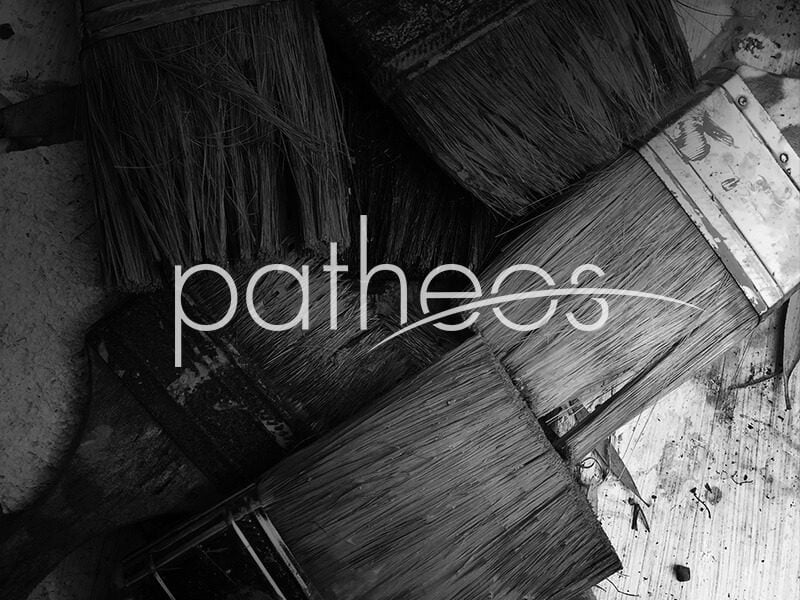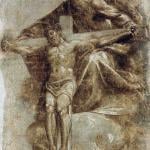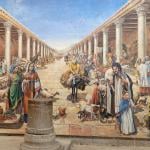Allison again, commending on Hebrews 9:15-22 and the phrase “this is the blood of the covenant” that the writer of Hebrews quotes from Moses: “There is no ‘this is’ . . . in Exod. 24:8. The MT prefaces ‘the blood’ with HINNEH, the LXX with IDOU. Why the modification? The commentators who address the question usually return the obvious answer: we are to detect assimilation to the tradition of the Lord’s supper . . . . But if this is... Read more

















